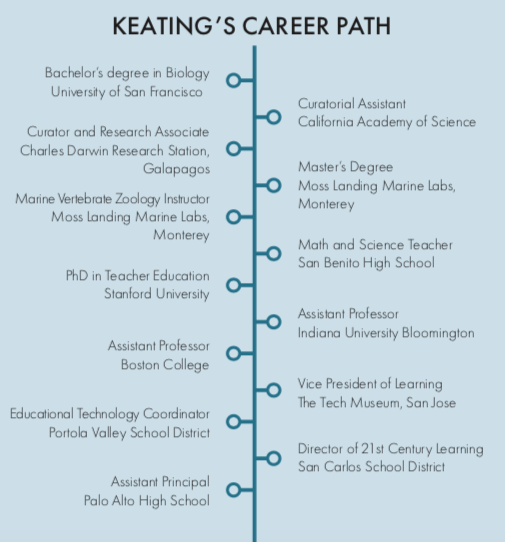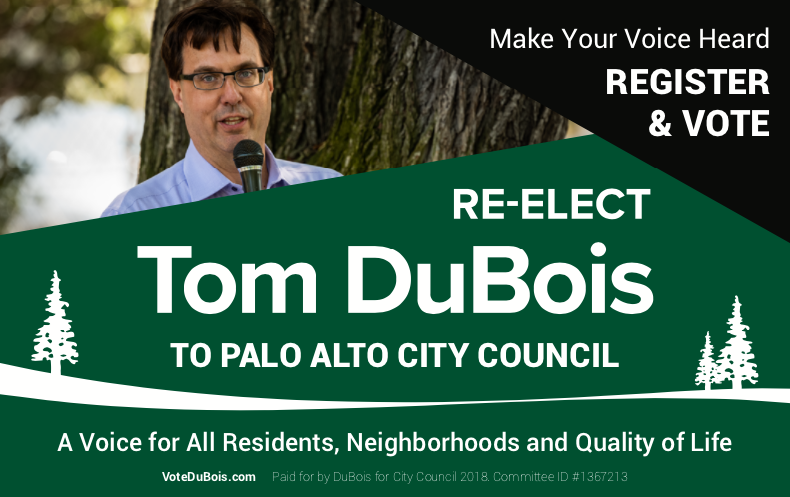Editor’s note: The printing of the October 2018 issue of Veritas was funded by the advertisement found below.
“We’d jump from the boat and grab them [green sea turtles], and you’d grab their flippers and wrestle them in the water, then throw [them] into the boat — they’re big turtles — and do all the measurements, tag them and follow them through their natural history [life cycle],” says Palo Alto High School assistant principal Tom Keating, recounting his job as a Curator and Research Associate at the Charles Darwin Research Station in the Galapagos.
Tagging sea turtles may seem worlds away from Keating’s current role as Assistant Principal; but according to Keating, his diverse experience as a marine biologist and professor gives him a unique perspective on his current role.

After receiving a bachelor’s degree in biology from the University of San Francisco, Keating joined the workforce to get money to travel. In fact, it was his travel experience that really gave his career direction.
“While I was in Northern Spain on this beach, I was just inspiration struck, and I decided I wanted to be a marine biologist,” Keating says.
Next, Keating launched his career as a marine biology researcher and science and technology educator. From President of Learning at the Tech Museum to Director of 21st Century Learning at Portola Valley School District, Keating has varied experience beyond the realm of research. Even though he may have now left his days counting pelicans in local wetlands behind, he has brought his scientific approach to the world of high school administration.
“In science, we really need evidence about things,” Keating says. “Making sense of that, we try to come up with more general rules about how things work. … It makes me a skeptic in a healthy way. You have to show me the evidence first before I am going to leap.”
Beyond applying the scientific method to finding solutions for problems in schools and districts, Keating uses his life science background as an ecologist as a metaphor to view a school community as an ecosystem.
“As an ecologist, you can think about systems. The physical and the living systems [in the school environment] all interact to come up with this endeavor,” Keating says.






![Keating shows off Spot, his pet Leopard Gecko. “It [Spot’s presence] just makes it a richer environment, certainly for students,” Keating says. “It’s something to talk about. It makes people feel better.” When a student could no longer care for Spot, Keating took in the lizard. Photo by Kaitlyn Khoe](https://verdemagazine.com/wp-content/uploads/2018/10/Screen-Shot-2018-10-01-at-10.51.45-AM.png)
